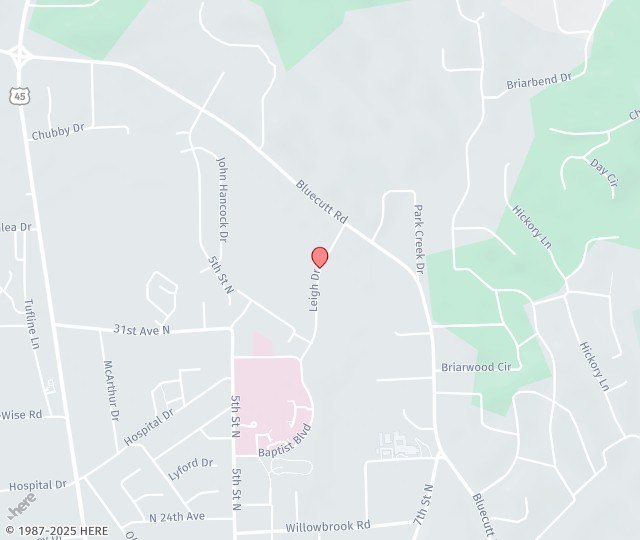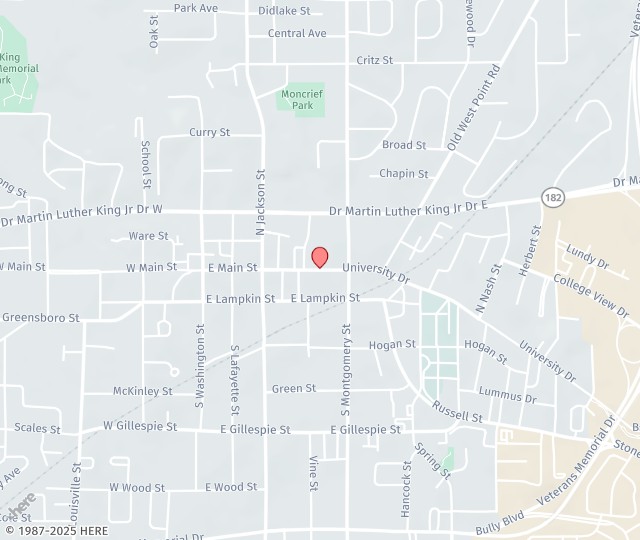Biopsy of Skin Lesions
A skin lesion biopsy is a diagnostic test that involves removing a tissue sample and examining it under a microscope. This test is used to identify suspicious lesions and to differentiate normal cells from abnormal ones.
Reasons for Skin Lesion Biopsies
Skin lesion biopsies are performed when simple visual examination by the physician is insufficient to make a clearcut diagnosis. Such biopsies are done in order to make a definitive diagnosis of:
- Skin infections which may be fungal, bacterial or viral
- Skin growths like moles, warts, or seborrheic keratosis
- Precancerous lesions like actinic keratosis
- Bullous pemphigoid and other blistering skin disorders
- Dermatitis, such as eczema or psoriasis
- Skin cancers, including basal cell, squamous cell, and melanoma
Types of Skin Lesion Biopsies
There are a number of different types of skin lesion biopsies, all of which are usually performed in the doctor’s office. The method chosen will depend upon the appearance of the lesion or lump as well as its location and its size. An anesthetic will be applied to the skin regardless of which technique is used, and for some types of biopsy, stitches, or even skin grafts, may be required to restore the area. Most skin biopsy procedures take approximately 15 minutes to complete.
Shave Biopsy
A shave biopsy is the least invasive method. It involves a simple shaving, with a razor or scalpel, of cells from the upper layers of the skin, the epidermis and part of the dermis.
Punch Biopsy
A punch biopsy is a procedure for assessing growths or sores that penetrate more deeply into the skin. A rotational cutting device is used to remove a small cylindrical section of cells from the epidermis, the dermis and uppermost layer of fatty tissue.
Incisional Biopsy
During an incisional biopsy, a portion of the suspicious lesion is removed for examination. If a malignancy if diagnosed, a complete excision will be performed in a follow-up procedure.
Excisional Biopsy
An excisional biopsy surgically removes the entire lesion, including all three skin layers. In fact, if the affected area is of a considerable size, a skin flap or graft from another part of the body may be needed to cover the excision and replace the missing skin.
The Skin Lesion Biopsy Procedure
Before undergoing a skin biopsy, the physician should be notified if the patient has a bleeding disorder, is taking any blood-thinning medication, or has an autoimmune disorder or underlying skin condition. Since a local anesthetic will be administered prior to the biopsy, the procedure will not be painful.
Following the biopsy, the tissue sample is stored in a preservative solution or a sterile container until it can be processed at a pathology laboratory. Once the specimen has been prepared and thoroughly examined under a microscope, a diagnosis will made to determine what the course of follow-up treatment, if any, should be.
Results and Further Treatment after Skin Lesion Biopsy
It may take several days to 2 weeks to receive laboratory results, depending on the type of biopsy that has been performed and on the types of testing required. Depending on what the laboratory results show, medication may be prescribed, further excision may be necessary, or, in the case of serious malignancy, radiation or chemotherapy may be required. In many cases, where the biopsy shows no abnormality, there will be no further treatment necessary.
Risks of a Skin Lesion Biopsy
Skin lesion biopsies are extremely safe procedures as evidenced by the fact that they are usually performed outpatient in the doctor’s office and take only a short time to complete. In rare cases, skin biopsies may result in troublesome aftereffects, such as excessive bleeding, bruising, scarring, infection or allergic reactions. The vast majority of skin lesion biopsies, however, are uneventful.

